Circa 2007
The first air-powered cars could hit showrooms as early as August of 2008.
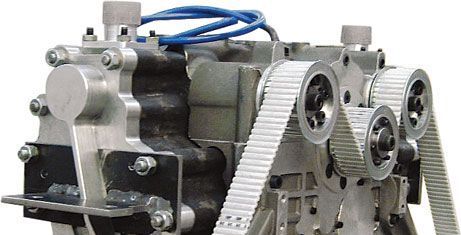
I finally got footage of the Mercedes-Benz AVTR driving!! This car can crawl like a crab sideways. How frickin cool is that! Thoughts guys??

Watching NASA’s RoboSimian robot, a.k.a. “Clyde,” exit a vehicle by seamlessly becoming a creepy quadruped never gets old.
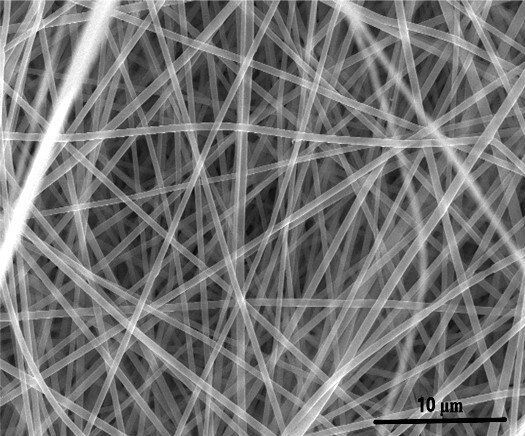
What if you could solve two of Earth’s biggest problems in one stroke? UC Riverside engineers have developed a way to recycle plastic waste, such as soda or water bottles, into a nanomaterial useful for energy storage.
Mihri and Cengiz Ozkan and their students have been working for years on creating improved energy storage materials from sustainable sources, such as glass bottles, beach sand, Silly Putty, and portabella mushrooms. Their latest success could reduce plastic pollution and hasten the transition to 100% clean energy.
“Thirty percent of the global car fleet is expected to be electric by 2040, and high cost of raw battery materials is a challenge,” said Mihri Ozkan, a professor of electrical engineering in UCR’s Marlan and Rosemary Bourns College of Engineering. “Using waste from landfill and upcycling plastic bottles could lower the total cost of batteries while making the battery production sustainable on top of eliminating plastic pollution worldwide.”
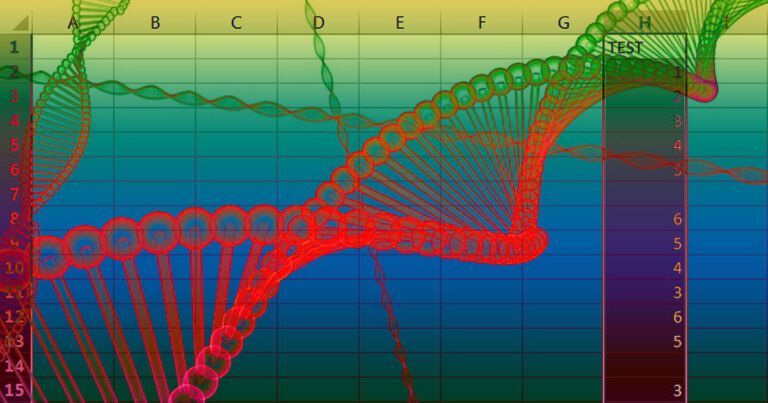
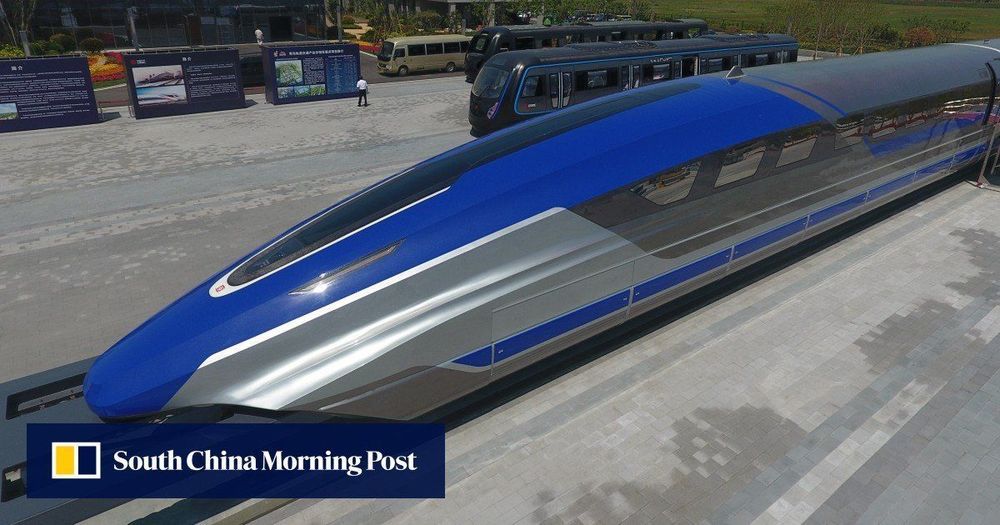
Besides China, Germany and Japan are also researching maglev trains and have so far managed top speeds of 550km/h and 603km/h respectively. By contrast, China’s current high-speed trains have a top speed of between 350 and 380km/h.
The country is planning a network of superfast trains that could slash journey times on major routes.
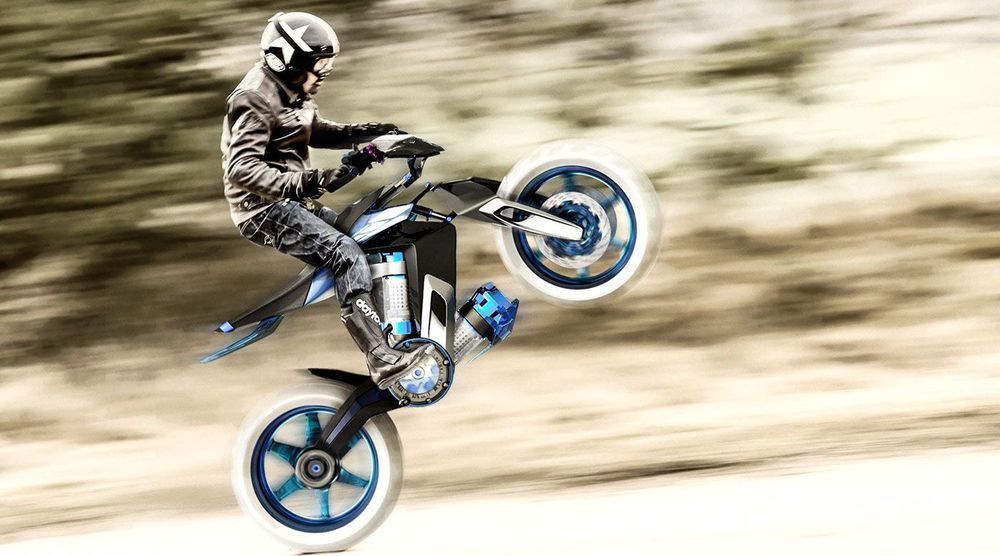
We came across a piece today over at Motorbike Writer about Yamaha preparing a water-powered motorcycle, and while a quick Google revealed this to be nothing more than a Yamaha-sponsored thesis project from 2016, the idea itself is fascinating enough to follow down the rabbit hole.
Water-powered or water-engined are the wrong terms for this. What’s being proposed is a system that replaces the chain, belt or shaft drive to the rear wheel with a hydraulic system that uses water pressure to spin the back wheel. So a fluid drive is probably the better way to put it. Designer Maxime Lefebvre admits as much in the “engine breakdown” slide, saying “to be effective, it needs a water pump.”
That water pump would be the engine. But how realistic is it to think about a water drive system? And what would be the pros and cos of such a thing? Perhaps we can look to two previous New Atlas stories for answers.
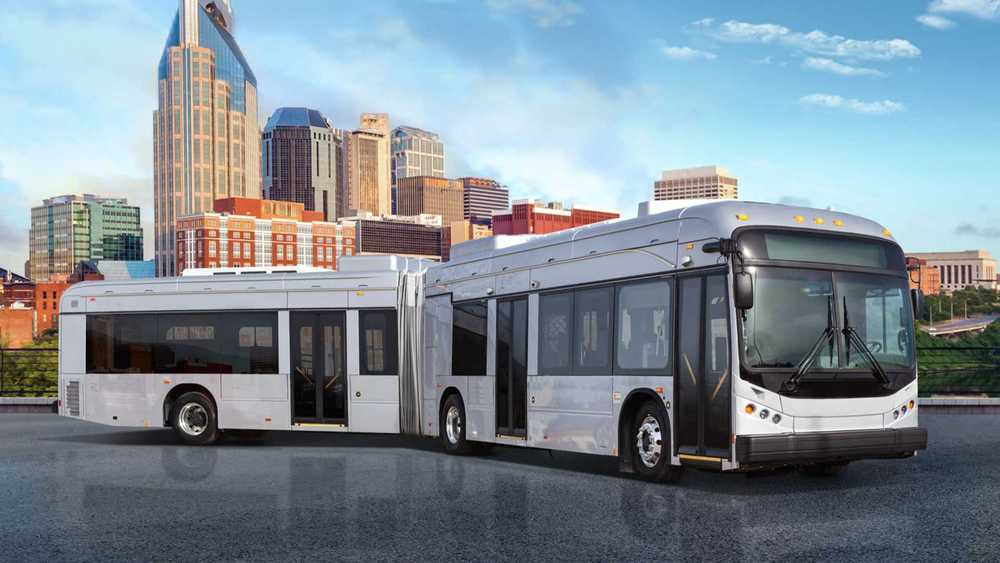
BYD, one of the world’s largest electric bus manufacturer, boasted recently that its zero-emission buses already covered more than 13 million miles (21 million km) in the U.S.
The buses sold in North America are made in Lancaster, California, where local transit agency — the Antelope Valley Transit Authority (AVTA) — just crossed the 3-million-mile mark of zero-emission operations using BYD buses.
Overall, the company sold buses to more than 50 customers across the country. According to BYD, the total mileage translated into:
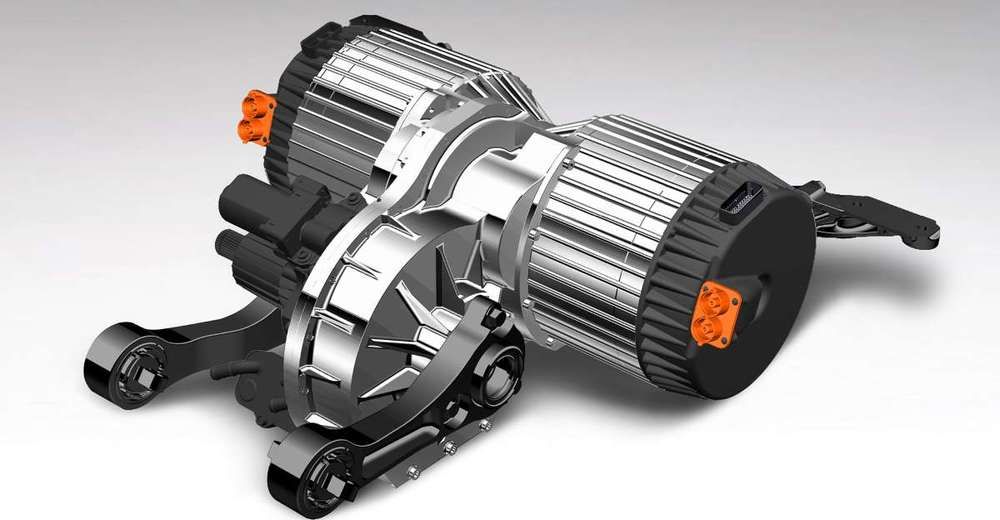
Developed in the 1970s, rare-earth magnets are the strongest type of permanent magnets made today. The more common type are neodymium alloys made with iron and boron, while the other group is samarium-cobalt magnets. The occurrence and production of these chemical elements raise both political and environmental concerns, so to find a more sustainable solution, the UK’s Office of Low Emission Vehicles is funding a nine-partner study called OCTOPUS (Optimised Components, Test and simulatiOn, toolkits for Powertrains which integrate Ultra high-speed motor Solutions). With Bentley joining for the next three years, the program will aim for real-world applications by 2026. Coincidentally, Bentley’s first full EV is also due that year.